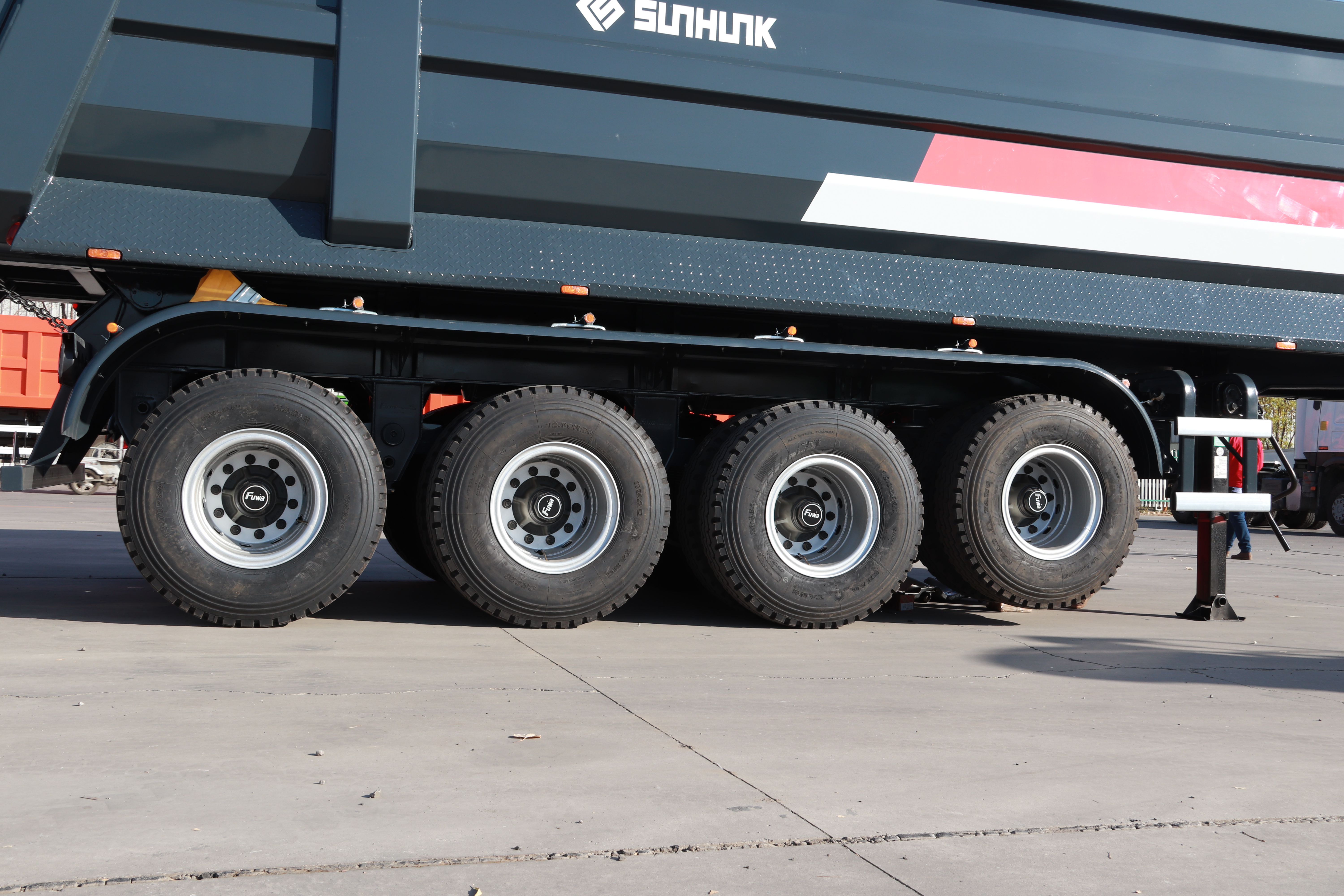- PRODUCTS
- SOLUTION
- SERVICE
- NEWS
- ABOUT US
A high bed trailer has a deck height of 48–60 inches, ideal for standard loads like 40-foot containers. A low bed trailer, with a 18–24 inch deck, handles taller loads like 12-foot excavators, ensuring safe clearance under 14-foot bridges.
High bed trailers have the deck above the wheels and usually measure between 48 to 60 inches high. The design is convenient for carrying regular cargo, such as containers or packaged cargo where height is not an issue. For example, a logistics company that deals in packaged food and moves it in 40-foot containers can use a high bed trailer since the cargo fits within the dimensions of a standard freight container.
By contrast, the deck of a low-boy trailer is much closer to the ground, at around 18 to 24 inches high. A design such as this allows higher loads-for example, an excavator 12 feet in height, or other industrial equipment-to be carried so that they pass well under bridges and tunnels. An example is the transportation of road construction equipment such as a Caterpillar bulldozer, standing 11.5 feet in height, needing a low bed trailer for transit to avoid highway restrictions on height limits at 14 feet in the United States.
The height discrepancy carries great importance in terms of the impact it has with regard to road safety and efficiency of transport. This lowbed can facilitate transportation with oversized cargo damage-free while in transit hence vital to sectors like mining and construction.
High bed trailers are designed to carry lighter or normal weight cargo, typically not exceeding 40,000 pounds. They are ideal for hauling furniture, appliances, or farm produce. For example, a consignment of 10,000 pounds of packed grain would be appropriately moved by a high bed trailer without necessarily exceeding its load capacity.
The low bed is designed to handle heavier loads. Most of the low-bed trailers support weights of more than 80,000 pounds with special configurations. For example, a wind turbine component weighing 50,000 pounds would require a low bed trailer to move it safely because of its huge weight and height. These usually have more axles to distribute and balance the weight.

This gives the low bed trailer a higher load capacity, making them suitable for heavy equipment tasks such as carrying a 25-ton crane to a construction site.
High bed trailers can carry any general merchandise. Retail chains, for instance, use them in transferring their stock from the warehouses to the stores. Several pallets of merchandise can be carried in one high bed trailer much cheaper for general logistics. The commonly carried cargo includes clothes, electronic gadgets, or box-type shipment that can fit into the general dimensions.
On the other hand, for oversized or heavy-duty applications, low bed trailers have great importance. A heavy-duty generator or a Komatsu excavator may be necessary for a construction site and have to be moved on a low bed trailer not to reach the height limit on the road. In the energy sector, transformers or any other part of the power infrastructure are moved on a low bed trailer; these may be over standard weight and height.
Practical applications best describe the differences: While a high bed trailer might be used to transport 20 pallets of bottled water across states, weighing some 35,000 pounds or more, a low bed would go on site for the delivery of an industrial 50,000-pound press to a manufacturing plant.